Everything You Need To Know About Social Media: Metrics & Analytics
Given the importance of social media marketing in overall marketing performance, social media analytics and campaign measurement tools are key sources of strategic marketing information.
Because so much consumer information is posted on social media every day, social listening techniques have become an important component in audience analysis, competition research, and product research.
The gathering and analysis of marketing and audience data to inform business decisions are the basis of social media analytics. It's the only sure approach to gain insights that may be used to improve your marketing efforts and even product planning.
So, without further ado, let’s do further by asking ourselves:
What’s Social Media Analytics?
The gathering and analysis of data points from social media networks to assist drive your social media strategy and enhance engagement around your organic and paid social media activities are known as social media analytics.
Finally, social media analytics can assist you in answering the all-important question: is your approach working? Among the many additional questions it helps to answer are:
-
Do you understand the social media trends that are relevant to your industry?
-
Do you have a mechanism to measure the type of ROI you're generating with each campaign or social media post?
-
Do you understand what your target audience expects and desires from your content and messaging? About your competition, how is your content perceived?
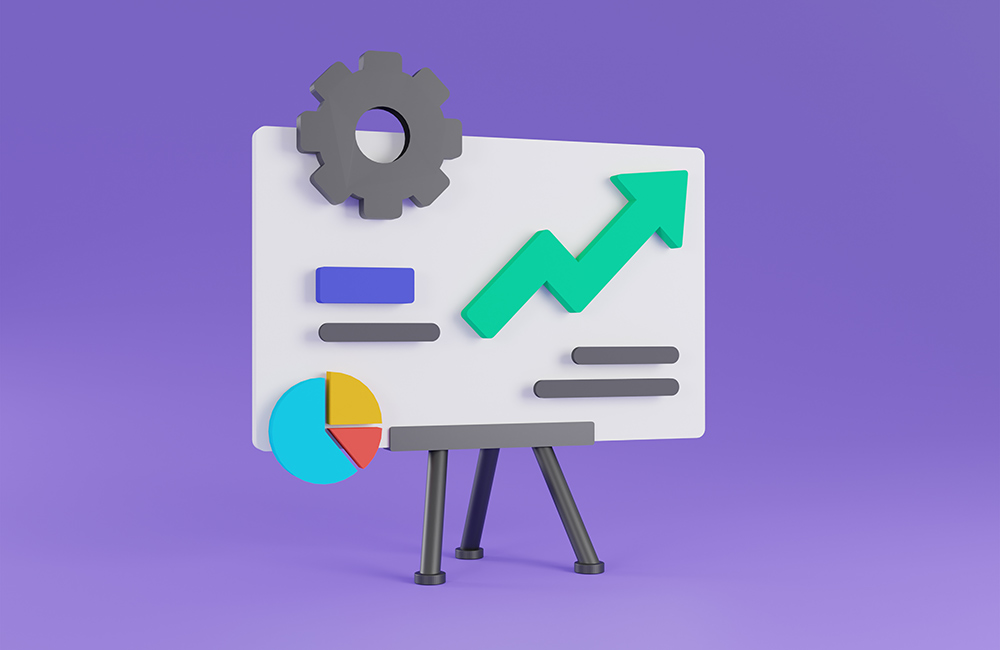
Social media analytics software is essential because it can answer all of the aforementioned questions. With the appropriate software, a single platform can answer all of these questions for each social channel in an easy-to-understand manner — no complex data analysis, just a simple presentation of what's working and how to change what isn't.
This all points back to a truism that many marketers recognise: without monitoring and analysing your content and its performance, there is no sustainable method to enhance your results, or even place your results in the appropriate context to determine if they are good or poor.
Social media marketers require a data-driven roadmap to show them where to go and what to do – this is what every social media analytics solution strives to give, to varying degrees of success.
Analysis Using The Right Tools
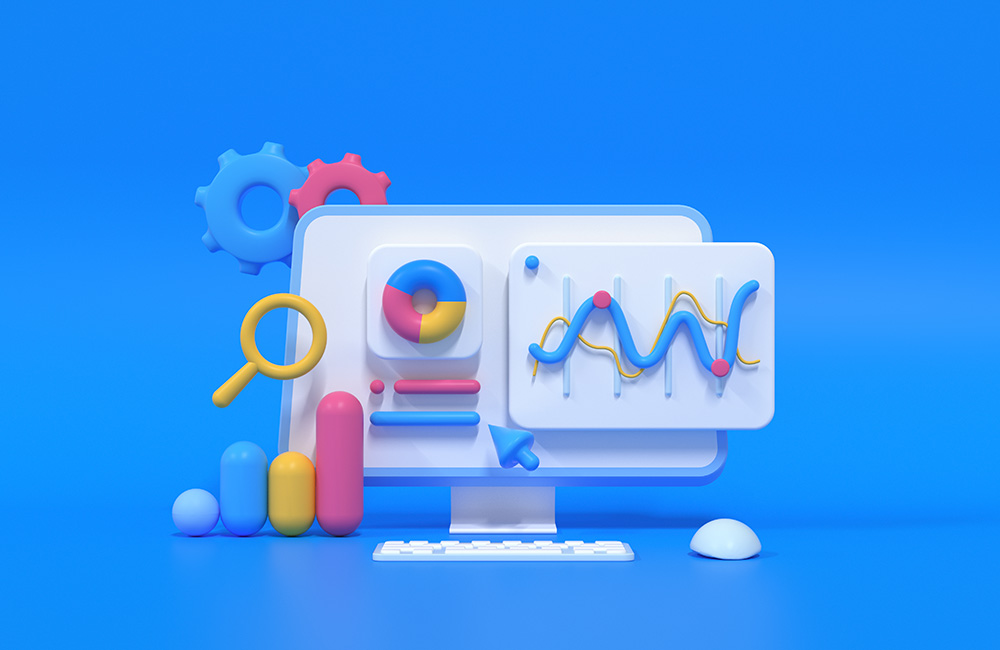
Despite their importance in performance and profitability, true social media analytics tools are still neglected. Many firms continue to ignore these platforms, relying instead on local tools that provide limited performance indicators for each of their channels separately. In addition to all of the data points and insights generated from contextualising social media data across channels and industries, these firms miss out on a plethora of more in-depth analytics.
Insights must also be shared with stakeholders, and without a solution that can extract and distribute data and insights from various, disparate social channels, it may be a real pain to give accurate and clear social media analytics reports.

CMOs must equip their staff with the appropriate analytical tools. If they don't, their firm will fall farther behind, especially as more and more competitors begin to utilise the growth in consumer data being broadcast to social channels, as well as the associated developments in social media marketing tools. It's time to get serious about analytics or risk being pushed aside.
For the rest of this article, we'll assume that social media analytics are critical to any business's content marketing success. We'll examine more closely why this assertion is correct.
According to a Forrester survey commissioned by Google, only 43% of businesses have unified cross-platform analytics, which integrates the entire customer experience with their website and app into a single solution.
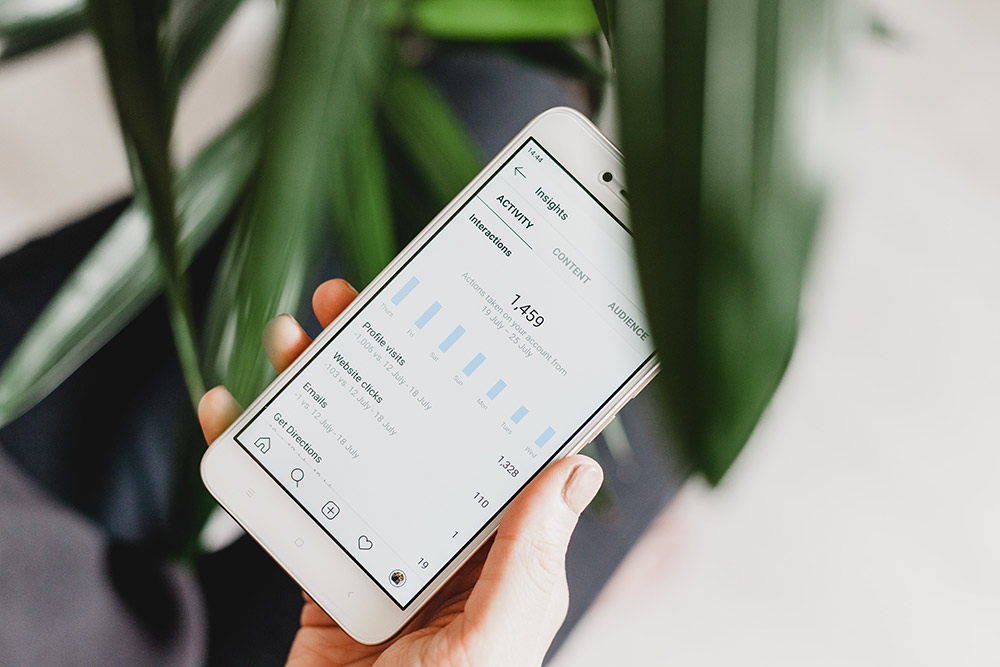
That suggests that more than half of marketers are unable to reach their primary goal. A good analytics tool is intuitive and simple to use, and it enhances transparency, procedures, and structure, allowing marketing operations and strategies to become more sustainable and scalable.
A good analytics solution, in addition to daily tracking, monitoring, and analysis of metrics and data trends, provides an overview of your social media performance, allowing you to understand where strategic opportunities exist and where risks require plan revisions.
Why Social Media Analytics Is Essential
Before we get into the exact indicators you'll need to examine, as well as how to interpret and make decisions based on them, let's look at four key and universal use cases for a social media analytics system.
These use cases explain why social media analytics is so important for brands, and any solid analytics platform will be designed with these use cases in mind.
Measuring ROI + Marketing Impact
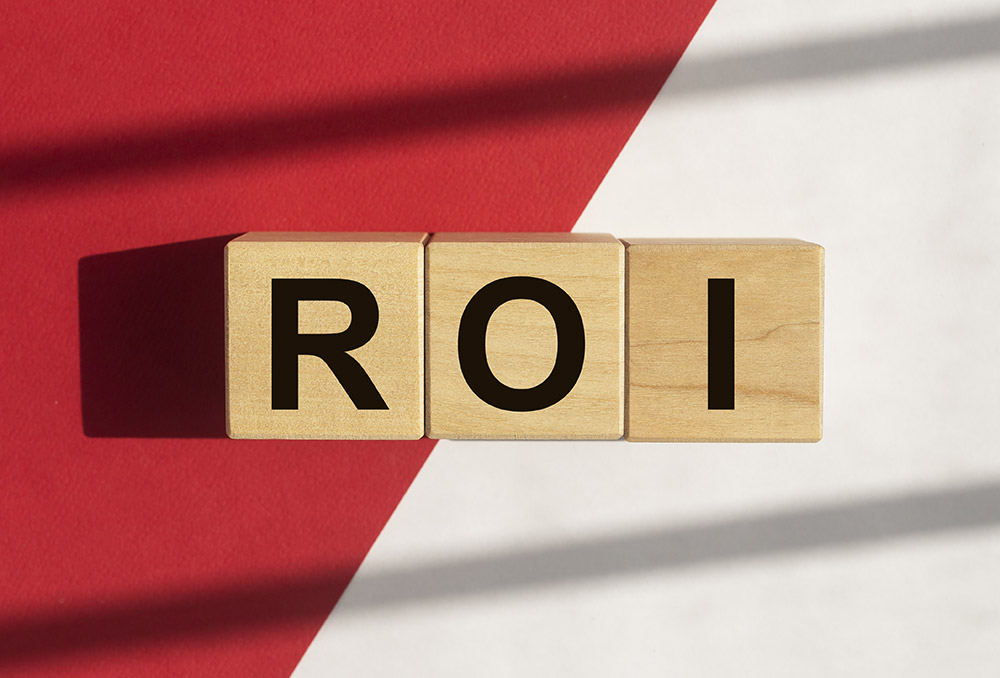
The bottom line with analytics is that they provide you with immediate feedback on how your organisation is performing across social media channels and whether the strategy your teams are implementing is effective. Keeping track of performance KPIs is critical to the success of any social media marketing.
If your plan isn't working, your data analysis will put you in the proper direction so you can make successful strategy changes before performance suffers or becomes a major issue. Catch any downward turns quickly and correct them.
Clear overviews also enable CMOs and anybody else in the business to quickly and easily access the most relevant metrics and analyse marketing success, ensuring that everyone is working with the most up-to-date data.
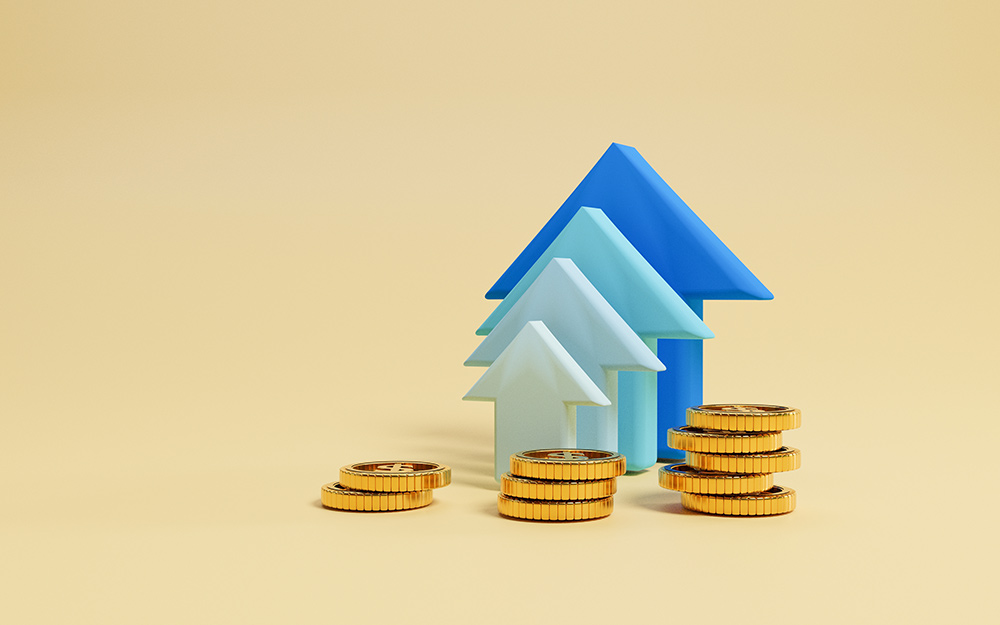
It seems sensible to investigate whether the resources you're putting into social media (for example, paid content promotion) are generating money - directly or indirectly. A full 61% of marketers are still unable to demonstrate ROI from their marketing efforts.
When it comes to ROI on social media, the correct tools are just as vital as the right method of computation. To make things simpler:
-
Add a Facebook monitoring pixel to your site's main pages as well as any page connected to your social channel. This enables you to precisely connect conversions and actions to specific content or campaigns, even if the user converts days or weeks after reading your material for the first time. If consumers do not convert, the Facebook pixel enables you to run remarketing campaigns that target users who have previously viewed specific pages but did not take action.
-
Add Google Analytics UTM parameters to the URL of your social advertising to learn how much traffic and conversions your social media marketing operations are generating.
Better Strategic + Business Decisions

Strong social media analytics will, undoubtedly, give marketing teams data and insight that will assist them in determining what is and is not working in terms of social media and content strategy. Social analytics, on the other hand, provides critical information that assists in informing strategic decisions outside of marketing.
This is becoming increasingly true as the volume of data uploaded to social media grows, as does our ability to extract relevant insights from this data as technology advances. Here are a few instances of how social media analytics can aid in important decision-making both within and outside of marketing:
-
Social listening – The best social listening tools will be quite beneficial in terms of competition and audience analysis. Social listening is the practice of automatically analysing and digesting the massive amounts of data submitted to social networks every day to derive helpful insights pertinent to one's business.
Marketers and analysts can use social listening to learn how their target customers feel about their brand, product, or industry. These insights can assist drive product decisions (e.g., "a lot of people are grumbling about this feature"), throw light on your demographic's interests and beliefs, and reveal trends important to your sector as they occur.
-
Respond to trends as soon as possible – Access real-time data to quickly act on larger patterns and gain a competitive advantage.
-
Reduce business risk – Data is there to point you in the correct direction and guide your strategic route, so let data guide your decisions and help you make the greatest use of your resources, and be guided by your performance KPIs.
There is little place for emotion in your decisions; instead, base them on evidence. This will prevent your team from wasting time on attempts that will offer no worthwhile business results. Save your resources and time for areas where you can have the greatest impact.
Social Media Competition

What's the sense of celebrating good performance if you don't know whether it's better than your competitors or how it compares to typical industry performance? This is just vanity, and measurements that stand alone do not influence true achievement.
Because context is so important, firms that want to assess true success must compare themselves to competitors as well as industry and regional performance averages.
Benchmarking always provides valuable insights and allows you to understand how you compare to the competition or how your performance compares to industry or region averages.
Tracking Marketing Efficiency

Streamlined processes are vital for running a tight marketing crew, so being able to assess team efficiency and velocity is critical for guiding them in the right direction. Maintain a high working velocity with no bottlenecks. This is particularly true in areas such as community management and online customer support, where a strong solution will enable you to measure critical community management KPIs such as reaction time and audience attitude.
Businesses must recognise that in today's world, managing the customer journey can be difficult, and one false step can spell disaster. Or, at the very least, a social media crisis, which is, let's face it, a tragedy.
Micromanagement is a thing of the past, and with a good analytics solution, teams can easily report on exactly the metrics their CMO wants to see, and CMOs can easily overview marketing operations, see critical top-line data (or even granular data), and spot trends that require further investigation by the marketing team.
Key Social Media Analytics Areas
Many social media teams are unsure of which aspects of their social media marketing might benefit from analysis, so let's take a look at where you should be measuring and why.
Here are the main points:
✭ Audience Research
Everything starts with your target audience. It is critical to understand your company's target audience. It assists you in developing a successful, audience-first marketing approach that assists you in nurturing your communities through the funnel toward conversion.
Everything starts with your target audience. It is vital to understand your company's target audience. It assists you in developing an effective, audience-first marketing strategy that allows you to nurture your communities along the funnel and provide excellent customer service.
You must understand what your clients desire and how they react to your efforts to attract them to your product/service.
Understanding your audience is critical to the success of your brand. After all, obtaining outstanding contact on social media is seen as "extremely crucial" by 49% of online buyers when making a purchase. This demonstrates the importance of social media audience statistics in providing excellent communication.
Marketing executives used to have little understanding of their internet audiences. This is because audience data was dispersed across several social media platforms and the web. It takes an experienced analyst to get everything together, sketch out personalities, and report to the CMO.
Furthermore, each audience on each channel is unique with a variety of audiences, and there was no simple way to combine all of that audience data and segment audiences effectively and sustainably.
Certain tools now enable marketers to rapidly determine who their digital audiences are, and who their ideal customer is, and to ensure that their overall marketing plan is matched with the personas' attributes, interests, and behaviours. They can also use the information to reach new consumers and generate several new business opportunities.
The crucial thing here is to keep track of how your viewers change. The coronavirus pandemic in 2020 altered many people's habits, which might be studied throughout the year to determine how audiences changed.

Tracking such changes will enable you to maintain your content and approach up to date and effectively. Indeed, adopting the appropriate plan has an immediate benefit: it saves money on advertising. The more focused and individualised your advertising, the less it will cost you, and knowing your audience is critical to minimise your cost-per-click and having your ad shown more frequently.
These strategies are all beneficial, if not necessary, but the bottom line is performance. A marketer must consider what constitutes effective social media performance and whether their performance is improving or deteriorating over time.
The second question is, can you track your performance levels as they fluctuate? And the answer is, indeed, yes. You both can and must.
✭ Analytics Of Performance
You would naturally expect to see higher ROI if you invested more in social media marketing, but you must demonstrate the influence of your performance on ROI. You don't need to go too specific in the beginning, and you don't need to know how many people liked or shared your most recent Facebook post. What you require is a higher-level picture of larger trends.
Key performance indicators to monitor include:
-
An overview of interactions across platforms and across time to determine whether the material you're releasing is engaging your audience effectively.
-
Examine the total number of interactions as well as the number of interactions per 1,000 followers to see how much of your community is responding to your messaging.
-
Examine the number of clicks on your posts to see how well you're driving traffic from social to the website.
-
Follower growth should be tracked over time to see if your audience is expanding as a result of your team's social media initiatives. If you want to expand your consumer base, thus you must continually recruit new followers.
Again, it's critical to watch all of these indicators over time to notice larger trends, understand the outcomes of your organisation's social media strategy, and determine the return on investment.
✭ Competitive Intelligence
Your company may have had its best year ever, but if all of your competitors had even better years, there's not much to celebrate.
To have a better understanding of your performance measures, place them in a competitive perspective - this is where competition analytics and benchmarking come into play.
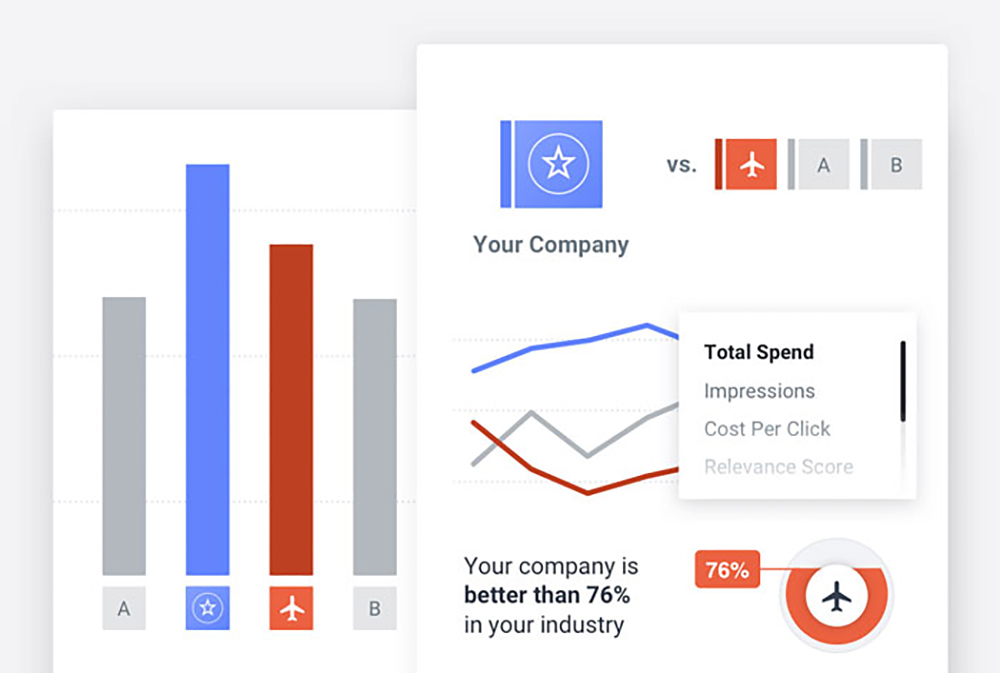
Almost every CMO wants to increase their performance in two main areas: effectiveness (achieving the desired outcome) and efficiency (cutting waste), but they often don't know how much more they can achieve.
Benchmarking is one method for assessing your company's performance and determining what improvements are required.
Comparing your company's social media performance to that of competitors is the most effective technique to evaluate the efficacy of your team's work and plan. It also allows you to determine whether your performance and ROI are successful in comparison to the market.
If there is a certain company you want to outperform, you can do a head-to-head comparison of your performance. You can, however, compare yourself to multiple competitors to see how you compare.
It's vital to conduct competitive studies frequently to keep a close eye on what your competitors are up to and to advise your teams on what strategic initiatives they can take to help your company stay on top.
You can utilize a benchmarking solution with modern social media analytics, especially if they are AI-powered, to see your competitors' performance by industry, country, and location. You can see their plan and simply outwit them.
Businesses can easily overlook this aspect of analytics, but they should realise that even if they aren't performing competitive analysis, their competitors most likely are.
✭ Paid Social Media Analytics
According to Statista, social media ad spending will reach $229.50 billion in 2022. At the same time, according to a HubSpot survey, 79% of marketers purchase paid social ads, indicating that it is a viable method of advertising. The hitch is that analytics from paid social initiatives must be thoroughly understood for this strategy to be effective.
Because so much money is being spent, businesses must understand the success of their social media marketing investment. You must be able to make effective investments and ensure that every dollar spent on social media is well spent.
If you don't know what paid content your audience will respond favourably to, it's all too simple to squander time and resources marketing material that doesn't perform well.
Some organisations employ AI-powered technologies to properly anticipate which content to invest in for the best returns — and early adopters are getting excellent results.
With so many moving pieces in paid social media advertising, it can appear quite complex, and reporting on ad expenditure can be difficult with so many channels, accounts, and profiles. To keep track of your spending, get all of your channels together before you begin measuring.
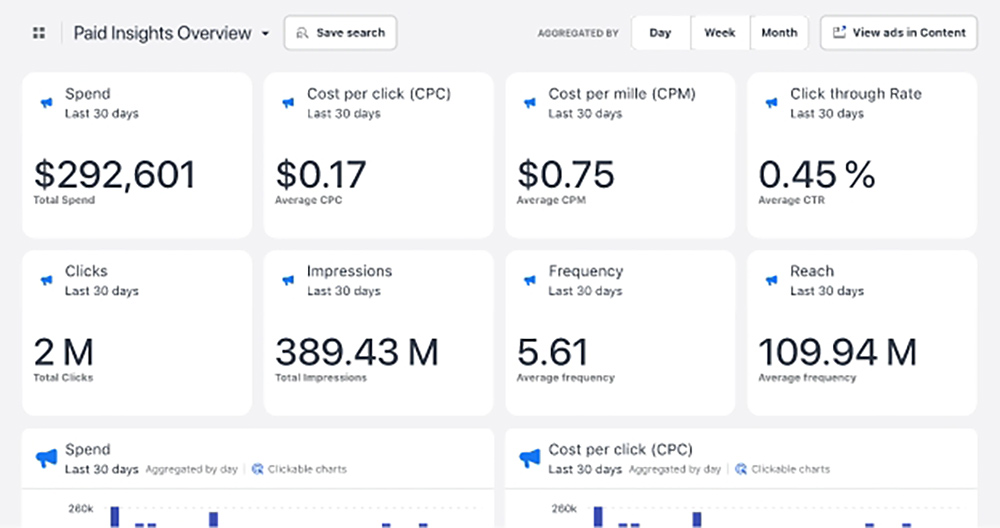
Key performance indicators (KPIs) to monitor include:
-
The number of advertisements
-
Total amount spent
-
Clicks
-
Rate of click-through
-
The cost per click
-
The cost of each engagement
-
Price per action
-
Purchase price
-
Campaign Return on Investment
These KPIs will show you exactly where your money is going, how much you're paying for various components of your advertising campaigns, and how effective your efforts are.
To gain a more complete picture of your advertising spend, compare it to that of your competitors as well as the industry, region, or country average. You'll be able to determine whether your advertising budget is adequate to remain competitive, as well as where your ad approach needs to be streamlined to increase efficiency and reportable impact. However, the data must be current; relying on monthly reports is insufficient.
Monitoring your sponsored social media analytics – both owned and competing – regularly is most productive and beneficial. After all, your firm is likely running many paid ads, busy seasons come and go, and your spending and outcomes may vary.
It will help you identify crucial trends, such as overpaying for clicks and then change your budget accordingly.
You can even identify opportunities to increase your share of voice by spending more on targeted advertisements when the market is spending less.
Paid analytics provides genuine insight into where their budget is going and what type of outcomes they're receiving for their money for firms that deal with agencies. With essential data presented, agencies may easily report practically real-time campaign data to clients.
✭ Analytics For Customer Service And Community Management
According to a recent Statista survey, 47% of US consumers appreciate firms that reply to customer care concerns or complaints on social media.
Furthermore, 52% of consumers expect brands to respond within one hour of contacting them with a question or problem. One out of every ten people expects a response within five minutes. This demonstrates the importance of keeping a close eye on your customer service statistics so that you can engage with your audience appropriately.
These consumer expectations highlight the importance of ensuring that your staff handle client demands expertly. How? Examine the key success statistic for your community management teams – average response time – and how it differs for each team member and platform.
You can guarantee that your corporate communication is acceptable and timely by monitoring the performance indicators of your community management teams. As a result, your brand image will improve, as will your connections with consumers and prospects.
In reality, given the complexity of the digital customer experience, having a robust analytics system is effectively the only method to measure and manage all of the complicated procedures and timings that a community management team must do.
Without a supporting analytics platform, teams and managers will quickly lose track of how many customer questions they receive, how long it takes to respond to them, or even if they have responded at all then things can quickly get disorganised.
The only way to systematically improve is to measure and monitor every parameter that is important to your customer service team.
It's critical to nurture your audience across all digital touchpoints, which entails monitoring how quickly your staff responds to and resolves customer problems, as well as how audience sentiment varies around your brand.
It's also critical to track sentiment because it's such an important component of customer service; however, more on that can be found in the sentiment analysis section a little lower down.
✭ Analytics On Influencers
Hiring influencers may be costly, so spend wisely and cooperate with the right partners on the right platforms, because how you work with TikTok influencers may differ from how you work with influencers on other platforms.
You need statistics to validate influencer selection, and you should only collaborate with influencers who have high-performance metrics around your important subjects. Tracking important performance indicators for influencers will help you make the right decision and make the most of influencer marketing.

Influencer marketing should be measured in the same way that other aspects of marketing are. Analytics assist you in organising all aspects of your influencer campaigns, from identifying the ideal influencers to determining how much their campaigns aided your organisation. But which influencer metrics should you pay attention to? Here are some key figures:
-
Interactions per 1,000 followers will tell you if they're effectively producing interaction, regardless of their entire following size.
-
Estimated reach based on audience size. Reach alone is insufficient if the influencer does not have the correct audience, which is why it is critical to assess their important indicators before opting to engage.
-
The number of postings to determine how active they are. You should also look into the brands the influencer has previously worked with to verify their legitimacy and gain a better knowledge of the verticals they work in.
-
Examine any previous collaborations the influencer has done and confirm that they have a business licence. Influencer fraud is on the rise, and savvy businesses defend themselves by conducting thorough research.
✭ Sentiment Analysis Of Your Ad Campaigns And Profiles
Businesses risk alienating their social media audience and significantly harming their brand reputation in the eyes of consumers and future customers alike if sentiment is not measured.
That's why it's critical to regularly watch sentiment ups and downs – you don't want to turn off your followers, and with sentiment analysis tools, particularly AI-powered tools, you can spot negative sentiment quickly and evaluate why it emerged.
Most businesses submit material to their social media sites on a daily or weekly basis, and measuring audience sentiment is critical to sustaining healthy fan growth, interactions, engagement rate, and, eventually, conversions.
Social teams produce regular content to attract and educate their target audience and get them to enter the sales funnel. As a result, it's critical to regard your social media profiles as long-term campaigns, and sentiment should be closely monitored.
Based on audience data, it will enable you to make excellent content and content strategy decisions. Sentiment research is also used by savvy businesses in their advertising initiatives.
We've all seen high-profile campaigns fail. Disastrous campaigns in which the company grossly underestimated the type of material their target audience prefers, had their brand name dragged all over social media, was attacked from all sides, and ultimately drowned in their own social media disaster. Does that sound like fun? Not at all.
You can assess all of your campaigns in seconds with a good AI-powered technology that eliminates time-consuming manual analysis and human mistakes. Because many firms run numerous campaigns concurrently, assessing campaigns can be difficult with so many moving pieces to keep track of. This is where sentiment analysis shines.
Remember that everything starts with your audience, and sentiment research is the most fundamental social media analysis you can perform. Once a brand's perception has been harmed, it is quite tough to repair, which is why it is critical to understand whether or not your audience is satisfied with you and your content.
✭ Customer Service Sentiment Analysis
Sentiment analysis allows you to track internet mentions in real-time, making it very easy to see if a possible PR problem is forming. Businesses can quickly detect any surge in unfavourable sentiment and investigate and take measures to defuse it.
On social media, bad remarks receive the most attention and propagate the fastest. Failure to deal with dissatisfied consumers is dangerous because they may vent their rage on social media. This is something you should avoid at all costs.
Remember that you may filter by each mood, such as happy, sad, or furious, determine your priorities, and begin calming your audience where it is most required. The objective is to nip negative sentiment in the bud early and safeguard your brand, regardless of how you manage your sentiment analysis.
Tracking Key Performances
It's critical to have the correct perspectives on your data. Okay, it's more crucial than that. Customizable dashboards allow you to see only the stats that are important to you at the time. Dashboards connect the dots for you and provide critical insights for strategy.
Consider this: You export data from Facebook, Instagram, or elsewhere and analyse it all separately, working around data gaps and attempting to piece together the jigsaw puzzle to figure out what the heck is going on. Then you attempt to develop a report that visualises the essential data insights that will affect strategy. These are trying times.
Consider this: all of your data is collected and unified on your dashboard. The data's story is elegantly translated and given in shareable, presentation-ready reports, and the dots are neatly joined for you. Good times.
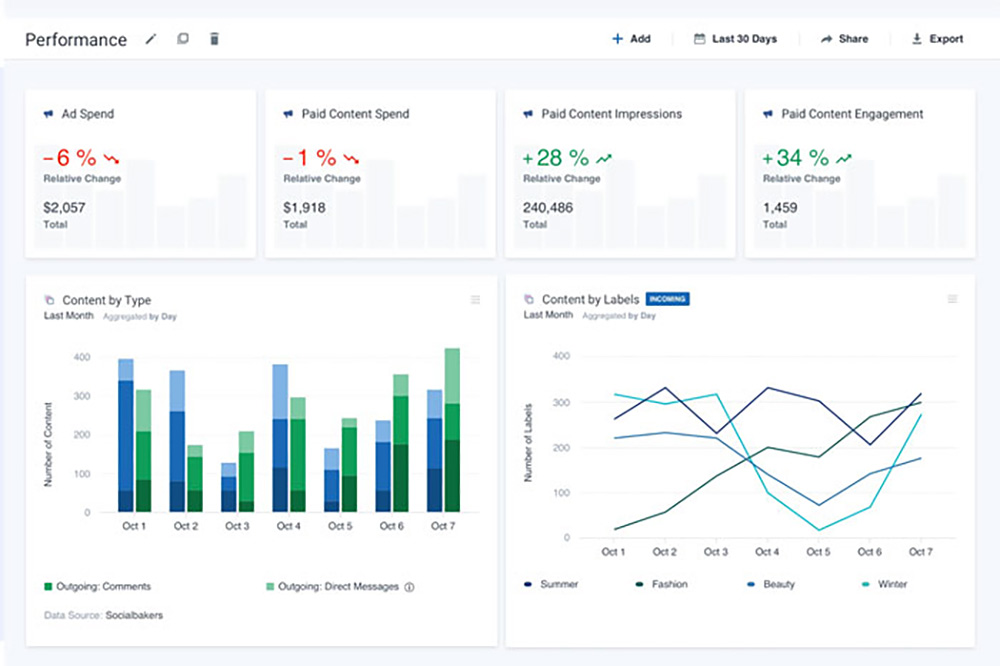
Dashboards allow you to conveniently view all of your metrics in one place. You get instant access to all of the information. Instead of fretting about sloppy or incomplete data, marketing teams may put up automatic, visual reports to share with higher-ups so everyone is on the same page.
Closing Words
To summarise, metrics are vital since they show whether or not your campaign or approach is successful over time.
Social media analytics are critical components of social media marketing. It's pointless to market if you can't tell whether you're doing well or not.
Measurement and analysis allow you to demonstrate your influence, constantly improve performance, optimise budget, develop strategy, and cultivate meaningful relationships with your audience that will nurture them through every touchpoint on the path to purchase.
If you're a content marketer, the message is simple: track, measure, evaluate, and make sure you have the right tools for the job.
Among the thousands of social media indicators available for tracking, we've gathered the most important ones that matter for most organisations and goals.
Engagement, impressions and reach, the share of voice, referrals and conversions, and response rate and time are the most prevalent and frequently significant KPIs to monitor.
These, when combined, will provide you with a 360o perspective of your social media performance. You'll add new and more complex indicators as time and new goals pass to make them more relevant to your organisation.
More articles please read 8 Simple Steps to Get Started with Google Shopping

